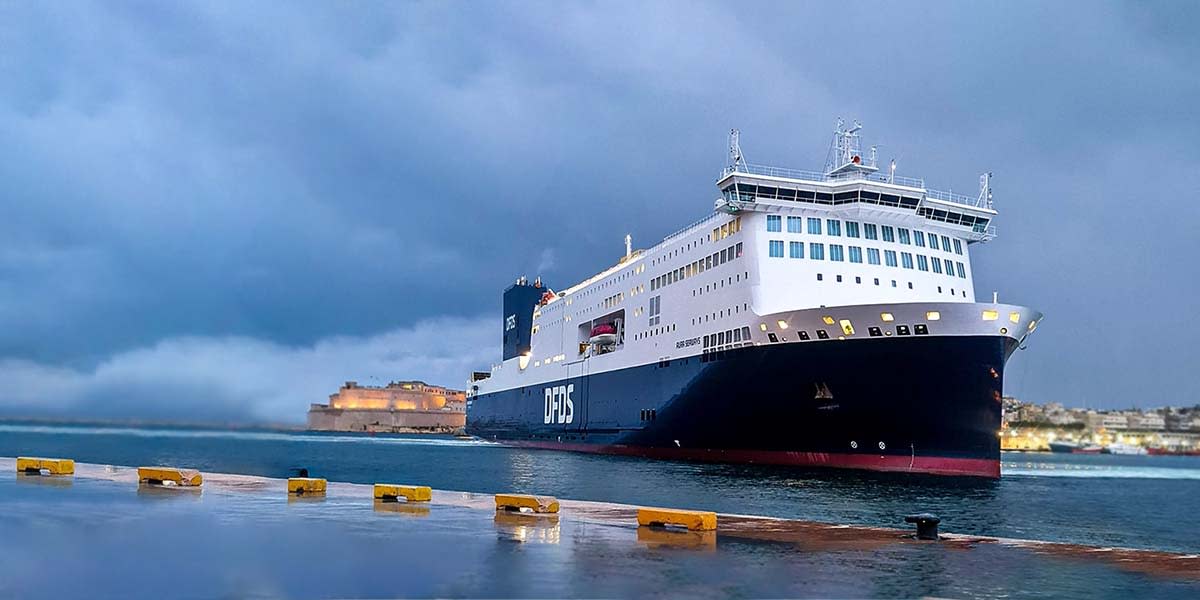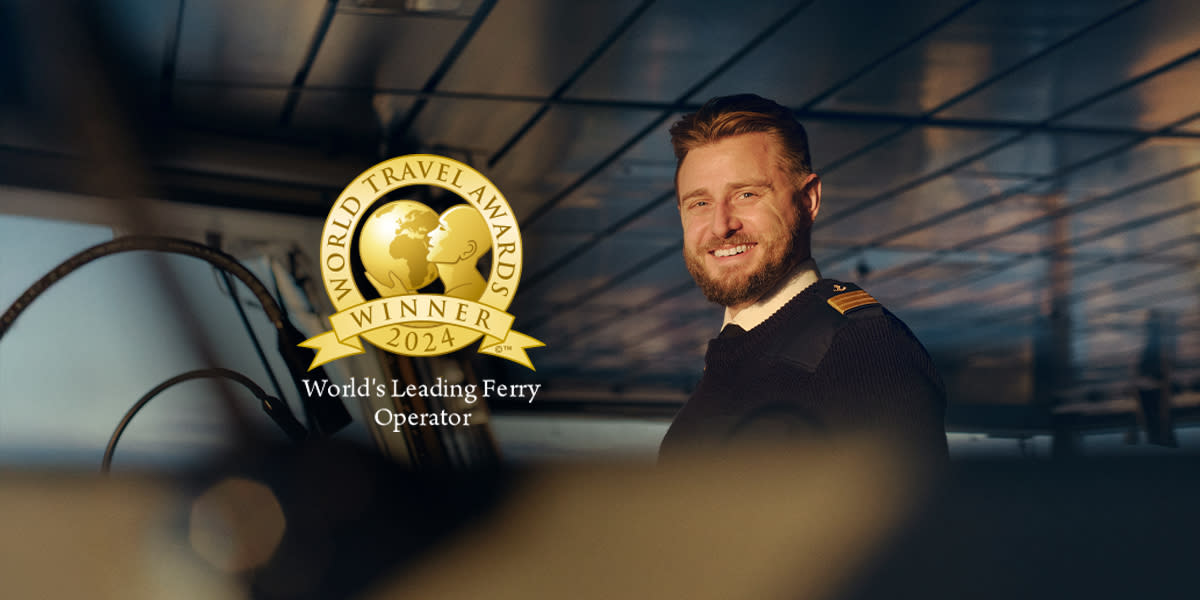
Facts about christening ships
9 interesting facts about ship christenings: from cruel traditions to champagne
Ever since humans began to navigate the waters, the launching of a new ship has been marked by a solemn ceremony. The Babylonians sacrificed oxen, the Vikings sacrificed people to their god of the sea. Both believed that it would bring them good luck and lead to a safe journey. Blood was replaced by red wine, and later by champagne, but the tradition remained alive.
Have you ever wondered why certain traditions are followed? For example, why is a bottle of sparkling wine smashed against a ship? Or why should the christening ceremony be performed again after changing the ship's name?
"These customs come from ancient times, and at that time they were driven by fear and superstition. Thousands of years ago, when a new ship was sent out into what were then considered mystical waters and the unknown that surrounded them, various rituals were performed to appease the powerful gods who ruled the vast sea and unpredictable weather. As we got to know the environment better, the fears decreased, but the solemn tradition remained," says Vaidas Klumbys, head of public relations and communication of the leading ferry operator in Europe, DFDS Seaways.
The history of ship christenings is full of interesting things, so DFDS shares nine facts you probably didn't know about this tradition.
A cruel Viking tradition
The tradition of ship christenings is already at least 5 thousand years old. When the sailors of the first civilizations set sail, the first baptisms of ships using "holy liquid" began. What it is depends on the era. As early as the 3rd millennium BC a Babylonian story describes the sinking of the ship and mentions that bitumen was poured over the side and a bull was sacrificed to the gods. Sheep were usually sacrificed in the Ottoman Empire.
Meanwhile, the Vikings behaved extremely cruelly - in order for the ship to sail safely, slaves became victims to their gods. This tradition began to disappear only with the rise of Christianity, when human blood was replaced by goat sacrifice.
Champagne is a recent custom
Wine accompanied the launching of ships even in Antiquity. In ancient Greece, participants in the ceremony decorated their heads with olive branches, drank wine to honor the gods, and poured water on the new ship as a symbol of blessing.
In order to fulfill the tradition of animal sacrifice, in the Middle Ages, red wine was used for the baptism ceremony, eventually it was replaced by white wine, and in the 18th century the French started using champagne for this. Champagne was an aristocratic, chic drink, so it was perfect for a formal event. The tradition spread to other countries. Sparkling wine is a favorite for ship christenings today, in part because of its impressive foaming effect and reminiscent of sea spray when decanted.
Not only wine is used
Wine has become a traditional part of the ceremony, but various drinks have been used to christen ships: brandy, Scotch wine, bourbon. During the prohibition of alcohol in the United States, water, grape juice, or apple cider were used. And Admiral Farragut's famous Civil War steamer "Hartford" was baptized three times - with water from the Atlantic Ocean, the Connecticut River and the Hartford spring.
A secretly altered bottle sparked a champagne war
The conflict popularly known as the "Champagne War" is a 20th century conflict. At the beginning of the year, a sensational dispute between two producers of sparkling wine was widely reported around the world. The French company Moët & Chandon has been in a two-year court and media dispute with its rival, the German Söhnlein & Co. All because of a bottle of sparkling wine, which was used during the christening of a ship built in the USA for German Emperor Wilhelm II in 1902.
A bottle of German Rheingold sparkling wine, originally intended for the christening, was secretly swapped for French champagne at the last minute. The Germans still claimed it was a tribute to their wine, even using it for advertising. Due to the incorrect information spread, the French eventually went to court and demanded compensation for the losses of a million marks they allegedly suffered due to the lie. However, Moët & Chandon lost and had to pay court costs.
The Titanic was not christened
in 1912 The sunken Titanic is still surrounded by myths and legends. There are those who say that the ship was condemned as soon as it was built, because it was not baptized. Such a causal relationship is questionable, to say the least, but the fact remains: there was no baptismal ceremony.
The company "White Star Line" strictly adhered to its policy - not to organize any traditional ship christening ceremonies, so a bottle of wine was not smashed on the ship either. However, the launching of the ship was marked by the visit of invited guests, decorations, and about 100,000 people watched the process.
First baptism in Antarctica
The first baptism of a ship in Antarctica took place just a few years ago - in 2019 November. The world's first hybrid expedition ship MS Ronald Amundsen became the first to be christened in Antarctica. During the ceremony, instead of the traditional bottle of champagne, a piece of polar ice flew to the side of the ship.
A new name means a new baptism
According to seafaring superstition, if you don't rename your ship properly, you will incur the wrath of the god of the sea, and the ship will be accompanied by bad luck. Legend has it that the name of each ship is written in the Great Book of the Deep, and the sea god Poseidon knows them all. Changing a ship's name requires erasing it from both the book and Poseidon's memory. How to do that? It is believed that all traces of the former name should be removed - not only from the ship itself, but also from paraphernalia, badges, etc., and then a new christening ceremony of the ship should be held.
The whole family has become godparents
Traditionally, a woman becomes the godmother of the ship, but in 2018 Royal Caribbean decided that only one godmother was not enough for the largest cruise ship in the world at the time - the whole family became godfathers. The honor of christening the new Symphony of the Seas went to the PenaVega family of actors. During the ceremony, just one of their sons, Ocean, pressed a button that sent the bottle attached to the rope into the hull of the ship.
"The Curse of Camila"
It is said that if the bottle does not break during the ceremony, it is a bad luck. When it comes to this superstition, Camilla, Duchess of Cornwall is always reminded, when in 2007 her bottle launched on the Queen Victoria cruise ship did not break. A few weeks later, dozens of passengers on the ship fell ill, and it was quickly dubbed the "Curse of the Camilla" in the media.
Our routes

Proudly named the World’s Leading Ferry Operator
We did it! After being crowned ‘Europe’s Leading Ferry Operator 2024’ at the World Travel Awards earlier this year, we are delighted to announce we have retained our title as the World’s Leading Ferry Operator.
We were also once again recognised as having the best website in our industry – scooping both the European and World awards in 2024.
A heartfelt thank you to everyone who voted, and to our passengers, colleagues and partners who contribute to our continued success – we couldn’t do it without you all.



